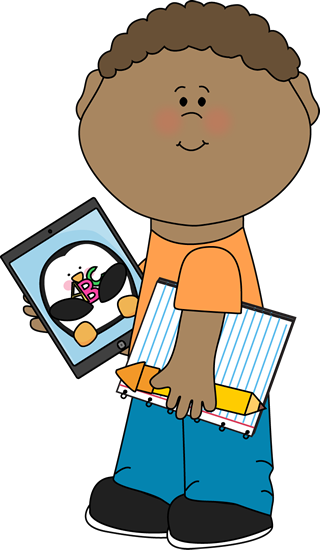Teaching English as Second Language
Many people all over the world will be embarking on English language courses this summer, and the Guardian Teacher Network
has inspiring resources to help teachers of English as a foreign
language (EFL), many of which will also be useful for teachers of
English as a second language (ESL) or an additional language (EAL)
working with foreign pupils in the UK.
Start with one of the most popular teaching resources on the Guardian Teacher Network, the Big grammar book,
101 photocopiable English grammar worksheets. It's ideal to use in
class with entry-level English and also ESL pupils. The book covers all
the basics including writing numbers, the alphabet, spelling days and
months correctly, irregular vowels, elementary homophones, comparatives
and superlatives, compound nouns, full stops and using capital letters. Learn how to pronounce English like a native speaker gives students an opportunity to practise working with connected speech in spoken English in a self-study environment. The Big resource book
is packed with worksheets that will really inspire learners, covering a
huge variety of language areas from grammar to vocabulary to speaking
and listening. And the Big activity book is a compilation of English language worksheets and activities for active English lessons.
Matt Purland, the man behind www.Englishbanana.com,
has shared a whole host of useful English language teaching resources
based on his philosophy of demystifying the English language. Find an
introduction to the You are the course book method, together with an amusing explanation of why and how he designed it after years of frustration working in language schools. You are the course book two offers more. Matt's Talk a lot English course is another great set of resources. Start with Foundation to help students get from written words on a page to spoken English using sounds, stress and connected speech. Find Elementary book one, which is a complete 12-week spoken English course for beginners, Elementary book two and book three. Students can take their English learning to the next level with Intermediate book one.
For more advanced EFL students, the Guardian has created a number of
fantastic teaching resources based on adaptations of Guardian articles.
Each one is a full lesson plan, with student tasks and activities that
will really enrich lessons and increase confidence, as well as build
cultural understanding. Mars mission lesson plan uses a US millionaire's funded trip to work on verb patterns to express future plans. Berlin Wall's most iconic paintings under threat will help students with examples of the passive test. This lesson on hidden gifts in an art gallery explores question formation and prepositions of place.
Pollution awareness in China
is an inspiring lesson based on an article about Chinese
multimillionaire Chien Guangbiao giving away air-filled cans in Beijing
to raise awareness of pollution. Here's a lesson looking at the latest entertainment and communications technology that is popular in the UK, which provides great cultural context for EFL students.
Also find EFL resources on illegal fishing in Sierra Leone, Bolivia's child workers, tourists' use of scarce water in exotic holiday destinations and rooftop fish farms in Germany. This list of commonly misspelt English words is invaluable: print out and learn!
Teaching EAL and ESL to children in UK primary and secondary schools
is obviously very different from teaching EFL and requires distinct
teaching resources, expertise and training. This key stage 1 resource Saying how you feel is an imaginative route to looking at daily life in what will be a new country for many pupils.
Mo and Hassan Farah – identical twins different lives is an inspiring resource linked to the www.teachingenglishtoolkit
exploring the story of Mo Farah, who came to live in London when he was
eight while his identical twin stayed in Somalia. It can be used as a
starting point for EAL and ESL work in a variety of topics.
And don't miss Mike Gershon's EAL toolkit,
which provides more than 50 strategies for helping learners across the
key stages who are learning English as an additional language. The
strategies are non-subject and non-age specific. Many of the strategies
can be adapted for EFL teachers.
Thanks also to Matt Grand, the teacher behind Humans Not Robots, for providing this great resource Steps for English language, which provides precise steps as a tool for assessing the language skills of students and to think through practical targets.











